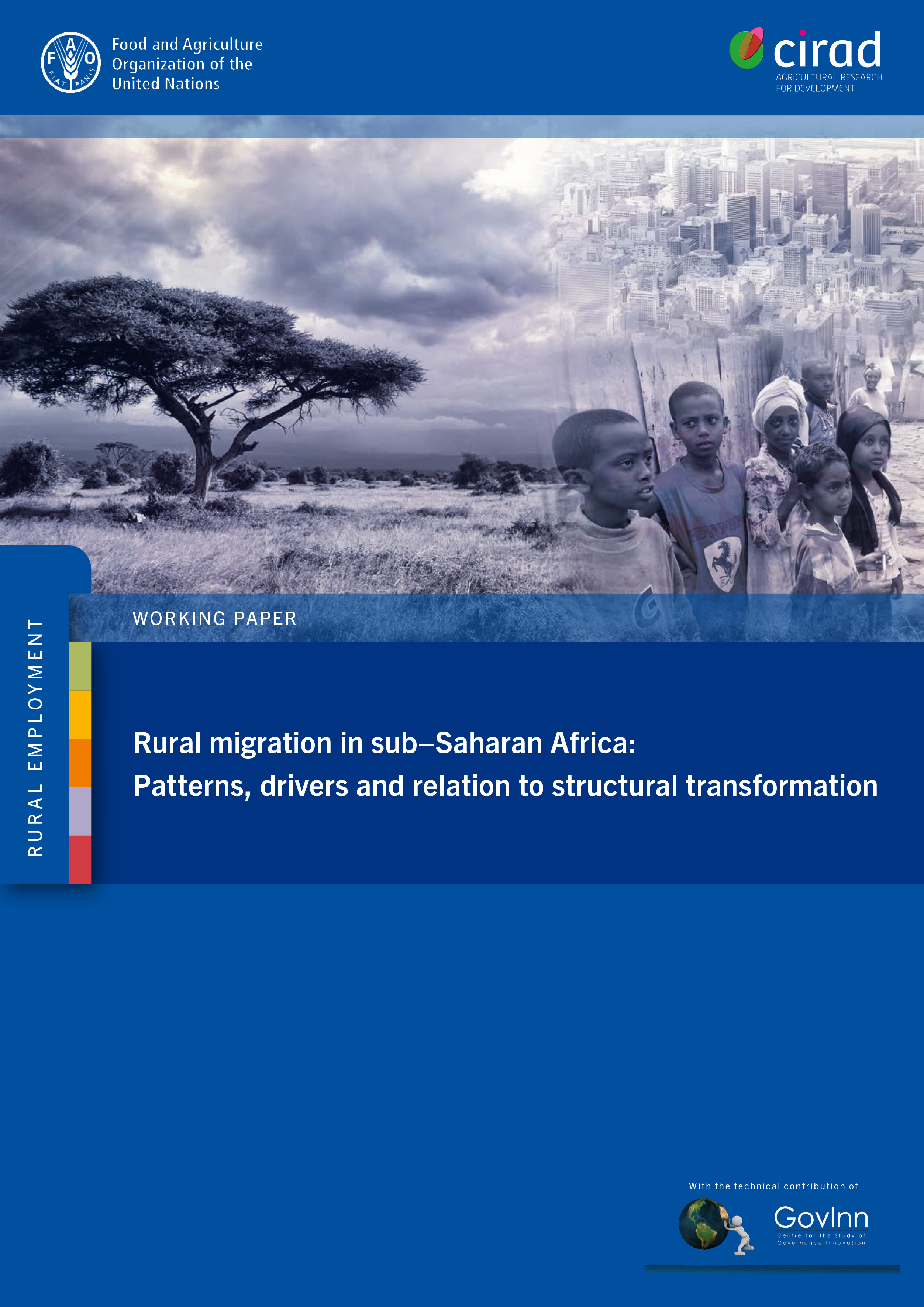583dee9a-9ec5-4213-90cf-dd234b8bdc11
(0 Reviews)

21
7
Your Rating
N
/
A
Avg. Rating
0/5
Rating Breakup
5
0
4
0
3
0
2
0
1
0

Add Comments
Comments